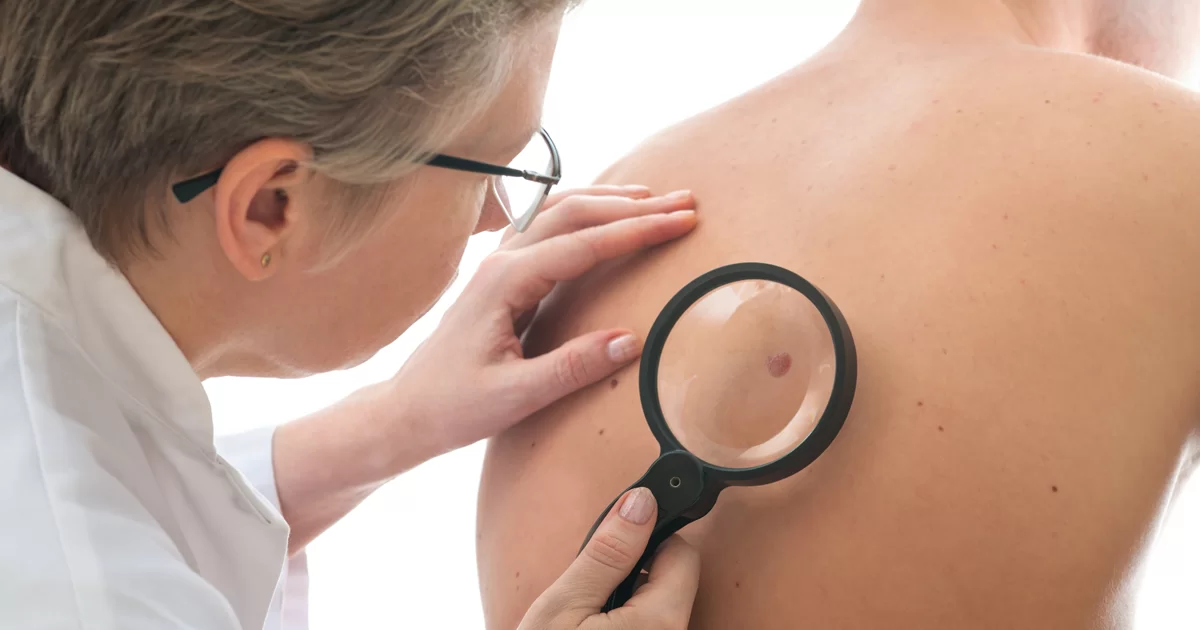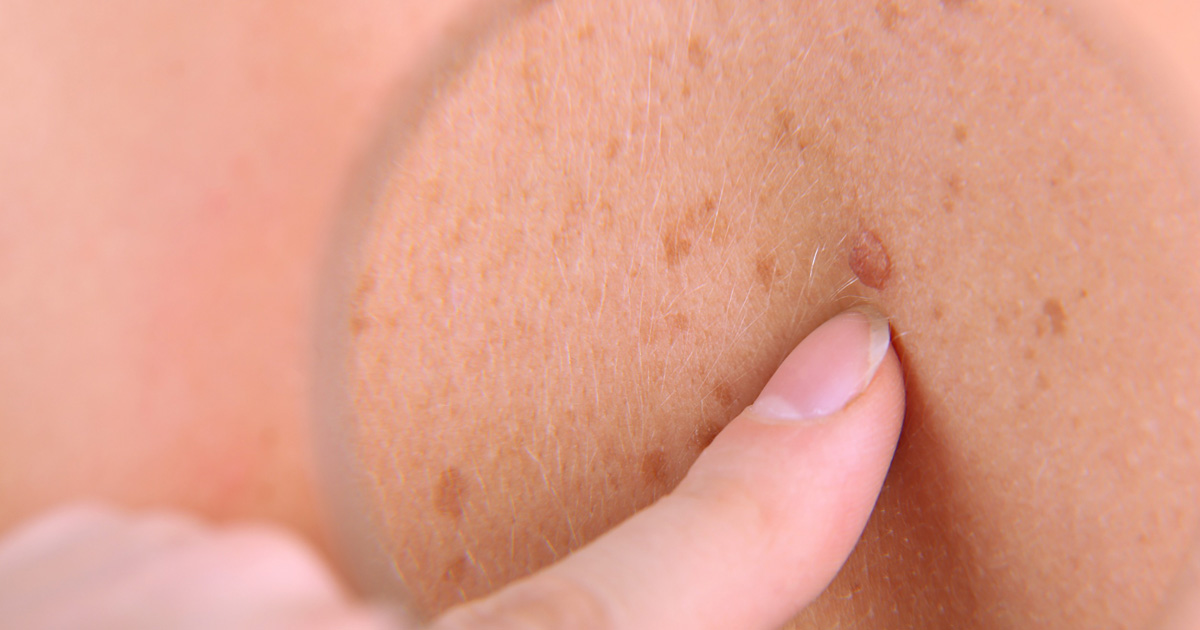
Surgical Biopsy: Pre- and Post-Operative Care
Home > Health Info > Health Articles

Surgical biopsy for diagnostic purposes
A skin biopsy is a procedure that involves the removal of a small piece of tissue from the skin’s surface for diagnostic purposes (Skin Biopsy). This procedure helps diagnose certain skin conditions and plan treatment strategies. Additionally, it can indicate the severity of a disease and aid in preparing for effective treatment
Pre-operative Recommendations
Individuals undergoing the biopsy must receive a detailed explanation of the purpose of the procedure, potential outcomes, surgical steps, anesthesia options, risks, and complications such as bleeding, infection, wound separation, and scarring. This information should be provided by the treating physician, and the patient’s informed consent should be obtained for the procedure (after reaching the legal age of maturity, typically around 20 years).
In the case of pre-existing medical conditions such as heart disease, high blood pressure, diabetes, ongoing medication use (especially blood thinners), or a history of drug allergies, the treating physician should be informed to prevent potential risks and complications.
A skin biopsy for diagnostic purposes involves a minor surgical procedure under local anesthesia. There is no need to fast or abstain from water before the procedure. The patient remains conscious throughout the procedure and can return home afterward, without the need for hospitalization.”
Post-operative Instructions
- After the biopsy, the wound will be closed with a waterproof plaster, which should remain in place for 24 hours or as advised by the physician.
- The wound should be kept dry. In case it becomes wet, it should be cleansed and covered with a waterproof plaster as before.
- The wound should not be picked or scratched to prevent introducing infections.
- Activities that strain or use the operated area should be avoided to prevent wound separation. Heavy lifting and strenuous exercises should be refrained from.
- Elevating the operated limb or area, such as placing it on a pillow, can aid blood circulation and reduce swelling.
- Postoperative pain typically subsides within 1-2 hours. If pain persists, pain-relief medication can be taken as directed by the physician.
- It’s recommended to follow up on the biopsy results as scheduled to understand the diagnosis and treatment plan. Usually, a follow-up appointment is scheduled 7-10 days after the biopsy.
- In case sutures were used, the physician will schedule a follow-up visit to remove them 7-10 days after the procedure or as directed.
- If any abnormal symptoms occur, such as fever, severe pain, excessive redness, or heat around the wound, it’s advisable to consult the physician before the scheduled follow-up.”
Share :




